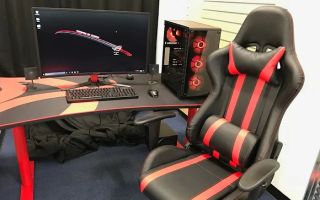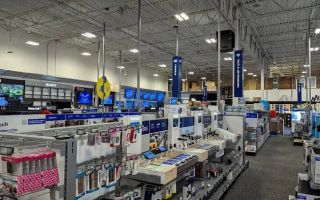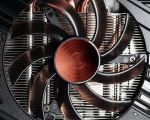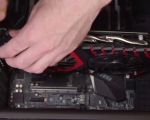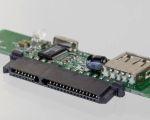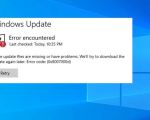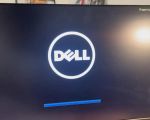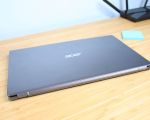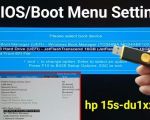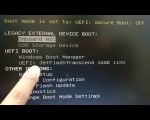How to Access Dell BIOS Boot Menu: A Step-by-Step Guide
- 1. Understanding BIOS and Boot Menu
- 2. Why You Need to Access Dell BIOS Boot Menu
- 3. How to Access Dell BIOS Boot Menu
- 4. Common Issues While Accessing Dell BIOS Boot Menu
- 5. Troubleshooting Dell BIOS Boot Menu Access
2. Why You Need to Access Dell BIOS Boot Menu
There are several reasons you might need to access the BIOS boot menu on a Dell computer:
- Installing or Reinstalling Operating Systems: If you want to install a new OS or perform a fresh installation, you need to boot from a USB or DVD. The BIOS boot menu allows you to select your USB flash drive or DVD drive as the boot device.
- Troubleshooting and Repair: If your computer is having trouble booting from the hard drive, accessing the BIOS boot menu can help you boot from an external device with diagnostic tools.
- Changing Boot Devices: You may need to boot from a different device, like a USB stick or external hard drive, for recovery purposes or to run a live OS.
Knowing how to access the BIOS boot menu can save time when performing various computer maintenance tasks, making it an essential skill for any tech-savvy user.
4. Common Issues While Accessing Dell BIOS Boot Menu
While accessing the BIOS boot menu is generally straightforward, users may encounter some common issues. Here are a few to be aware of:
- Timing is Crucial: You need to press the F12 key immediately after turning on your computer. If you miss the timing, the system will boot normally without entering the BIOS boot menu. Try again by restarting your system.
- F12 Key Not Working: Some Dell models may use a different key or may require a specific combination of keys. Make sure you refer to the user manual for your specific model or check Dell's website for the correct key.
- Incorrect Boot Device: If you don't see your desired boot device listed in the boot menu, check that the device is properly connected and recognized by the system. If needed, you can access the BIOS settings (F2) to adjust the boot order.
These issues are generally easy to fix with a bit of patience and by following the instructions carefully.
5. Troubleshooting Dell BIOS Boot Menu Access
If you're still having trouble accessing the Dell BIOS boot menu, try the following troubleshooting tips:
- Ensure Fast Boot is Disabled: If Fast Boot is enabled in BIOS, it can skip the boot menu and boot directly to the OS. Disable Fast Boot from the BIOS settings by pressing F2 on startup.
- Use a Different Keyboard: In some cases, the keyboard might not register the F12 key correctly. Try using a different USB keyboard or ensure that the keyboard is properly connected.
- Reset BIOS to Default Settings: If you’ve made changes to your BIOS settings that are causing boot issues, you can reset the BIOS to its default settings by selecting “Restore Defaults” in the BIOS menu.
By following these tips, you should be able to access the BIOS boot menu on your Dell computer without issue. If the problems persist, you may need to consult Dell’s technical support for further assistance.



